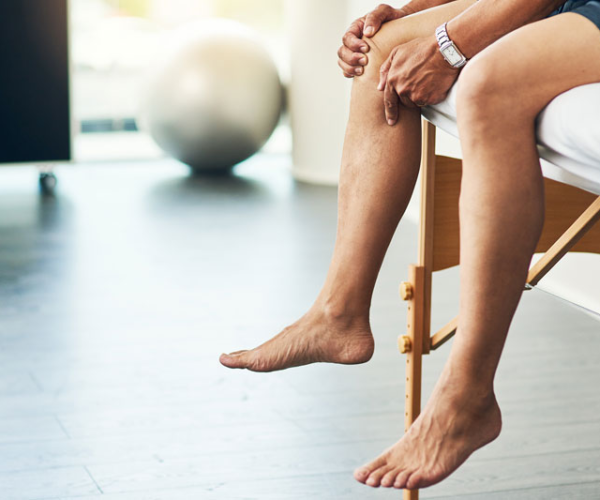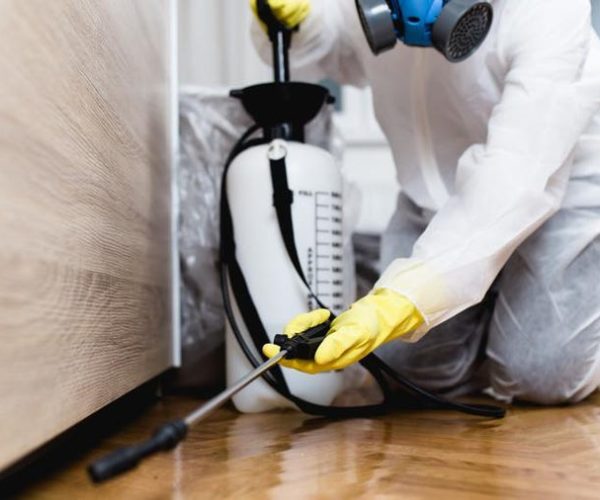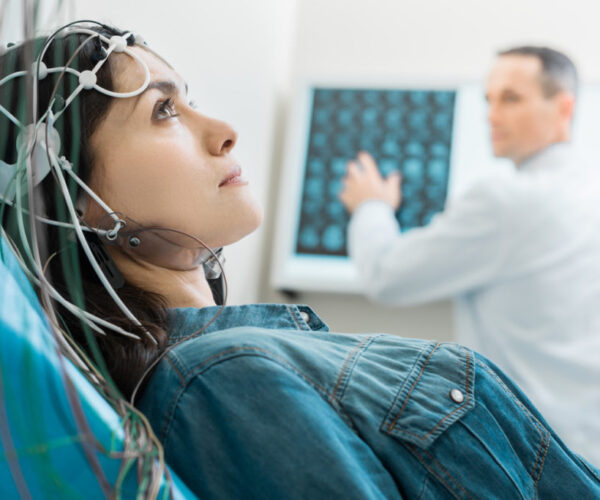Treatment is of different types. Some diseases are treated with medicines, whereas some conditions involving muscle pain are treated through Physiotherapy techniques.
One of the common muscles pain is leg muscle pain. Leg pain, feeling restlessness and feeling pins and needles are commonly experienced by many people. Immoral lifestyles and injuries can induce pain and aches. Hence, physiotherapy is the most common technique for effective treatment for people of all ages.
But before discussing particularly how the Physiotherapy of leg muscle pain is done, let us see how the physiotherapy works?
Physiotherapy
Many people often consume Physiotherapy as a simple massage or alternate healing plan like chiropractic therapy; it is much more than that. Physiotherapy involves using physical movements and therapeutic techniques that can improve strength and work towards correcting your posture and mobilization. It is performed to strengthen your limbic system.
Physiotherapy is also referred to as a two-way approach. A physiotherapist relates you to the exercises, which takes time, and you will have to follow the exercises regularly and see the effects. Research shows that patients with osteoporosis, who went under physiotherapy for just ten weeks, will have a better quality of life than those who do not follow the physiotherapy.
Why Does My Leg Muscle Hurt?
Commonly, pain can occur in your upper or lower muscles. The leg muscle pain can be sharp, dull, or stabbing. The common causes of leg muscle pains are usually strains and sprains, often due to overuse during exercise. Some of the common symptoms of leg muscle pain are:
- Leg swelling
- Weak legs
- Broken blood vessels of the legs
- Muscle spasms in legs
Physiotherapy Exercises For Leg Muscles Pain
Let us discuss some basic physiotherapy techniques you can also do at your home to resolve the leg muscle pain.
Bridge With Ball
This is a simple physiotherapy technique that is done in the following steps :
- Lie down on your back and bend your knees with a pillow or ball between them.
- Squeeze the glutesand contract your abdominals to lift your hips off the ground. Squeeze the ball between the legs as you lift.
- Hold this posture only for a few minutes, and then release as you lower down.
This is an effective exercise used by many people to relieve pain in your muscles.
Single-Leg Squats
These can be done by following the steps below:
- Start by standing upright on one leg.
- Push the hips back just like you are going to sit down.
- Bend your knee just like you are doing single-leg squats.
- Slowly return to the initial position.
Make sure to keep your knees lined up with the center of your foot.
Knee Full Extension Exercise
This simple exercise could be done:
- Start by sitting in a chair that is high enough, bending your knees at a ninety-degree angle. Slowly raise your leg until it becomes horizontal.
- Hold this position for almost five seconds, then slowly return to the ground.
- Repeat this exercise with the other leg.
- Do maximum repetitions.
Double Knee to Chest
- Beggin’ on your back with your legs outstretched.
- Bring your knees up together and place your hands below your knee area on the top of your shin.
- The alternate position of your thighs is the back of your thighs.
- Slowly bring your knees to your chest and hold this posture for ten seconds. Now go back to the starting position.
Single-Leg Bridge
- Lie down, your knees bending to about 90° angle, weighting the hips for increased resistance.
- Lift one leg and push your hips upward by squeezing your glutes and lower eventually.
Make sure you do not arch your lower back.
Conclusion
Leg Muscles can hurt due to many reasons. These could cause very sharp pain, thus intolerable. Therefore, these cannot be ignored. To get the guidelines about exercises to boost the natural healing process of your legs, consulting a physiotherapist is highly recommended. AtMARHAM.PK, we have the best physiotherapist available to be consulted for quality guidelines.
Frequently Asked Questions (FAQs)
1- Are there physiotherapy exercises for women during pregnancy?
Expert physiotherapists suggest specific exercises to be followed during pregnancy to maintain a safe and healthy pregnancy and avoid muscle pains due to stretching.
2- How does a physiotherapist help with your leg muscle pain?
Physiotherapists help resolve your leg muscle pain by assisting you in the stretches, which help lengthen and loosen the muscle, thus increasing flexibility and reducing pain.
3- Are there any side effects of physiotherapy?
If the physiotherapy techniques are not controlled, several complications could happen, such as muscle soreness, muscle fatigue, and tenderness.
4- How long does it take for physiotherapy to prove effective?
Usually, it requires 2 to 3 sessions for physiotherapy to work. It would roughly require about 6 to 8 weeks to show its effects.




